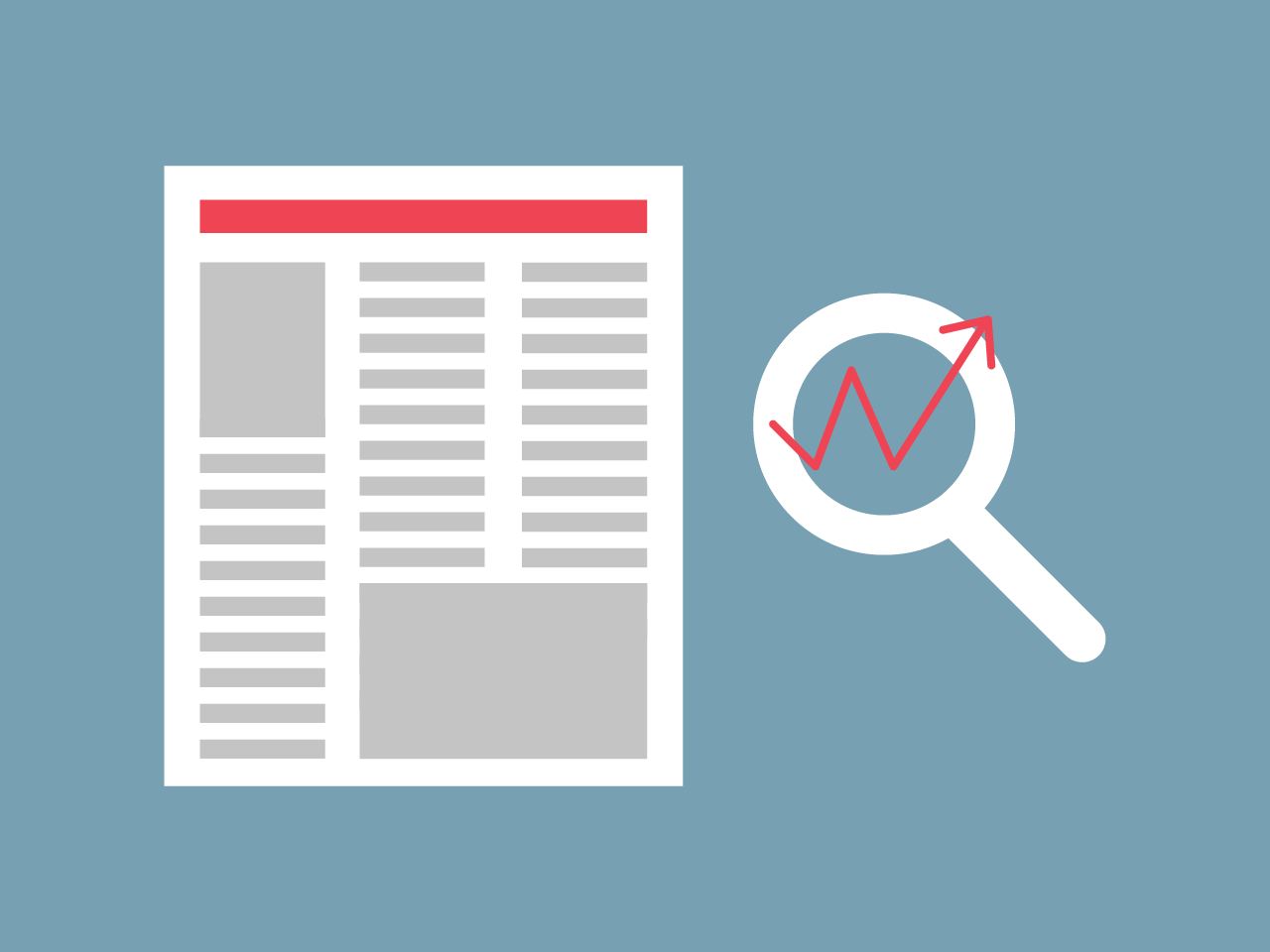Course Staff
Simon Rogers
Simon Rogers is a data journalist, writer, speaker. Author of ‘Facts are Sacred’, published by Faber & Faber and a new range of infographics for children books from Candlewick. Data editor on the Trends team at Google, and formerly at Twitter, San Francisco. He is director of the Data Journalism Awards 2015 and is teaching data journalism at U Cal Berkeley Journalism school.
Paul Bradshaw
Paul Bradshaw is an online journalist and blogger. He leads the MA in Online Journalism at Birmingham City University, was a visiting professor in online journalism at City University London and is working with the BBC to establish a new regional data unit. With a background in magazine and website management, he is best known as the publisher of the Online Journalism Blog and the founder of the award-winning investigative journalism crowdsourcing site Help Me Investigate.
Steve Doig
Steve Doig (@sdoig) is the Knight Chair in Journalism, specializing in data journalism — the use of computers and social science techniques to help reporters do their jobs better. The chair was created with a $1.5 million endowment given to the Cronkite School by the John S. and James L. Knight Foundation.
Nicolas Kayser-Bril
Nicolas Kayser-Bril is a developer and a journalist. He is the CEO and co-founder of Journalism++, a start-up that brings journalists and developers together to rethink journalism. He was previously in charge of data journalism at the Paris-based Owni.fr.
Alberto Cairo
Alberto Cairo is the Knight Chair in Visual Journalism at the School of Communication of the University of Miami teaches data visualization and infographics. He's also director of the Visualization Program at UM's Center for Computational Science. He holds a BA in Journalism (University of Santiago de Compostela) and a MA on Information Society Studies from the Universitat Oberta de Catalunya (Barcelona). He teaches courses on information graphics and visualization, and is interested in the convergence between Visual Communication, Journalism, and Cognitive Science.





